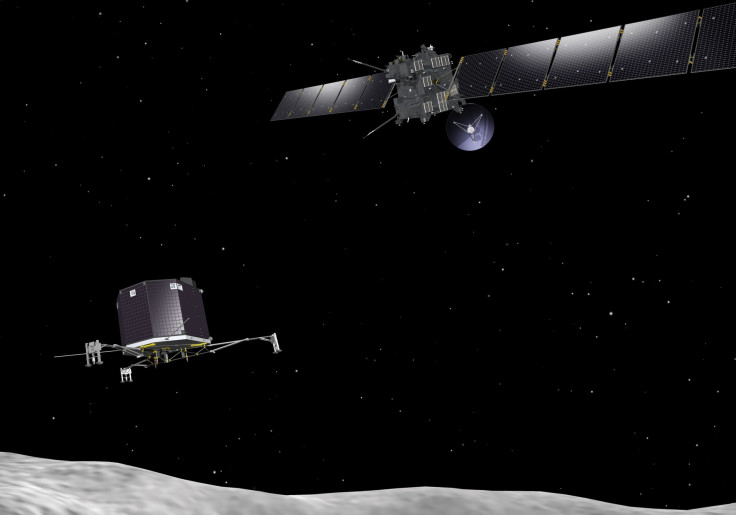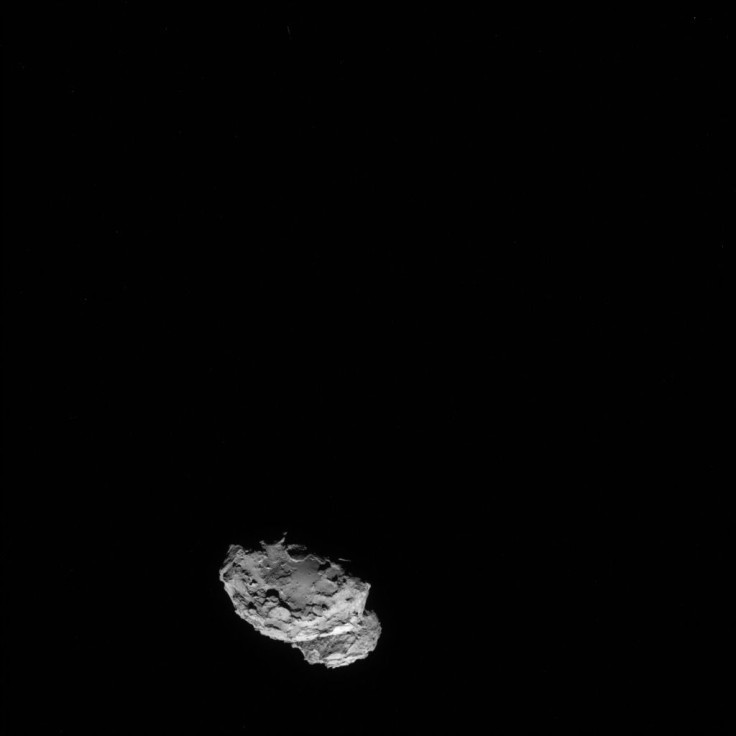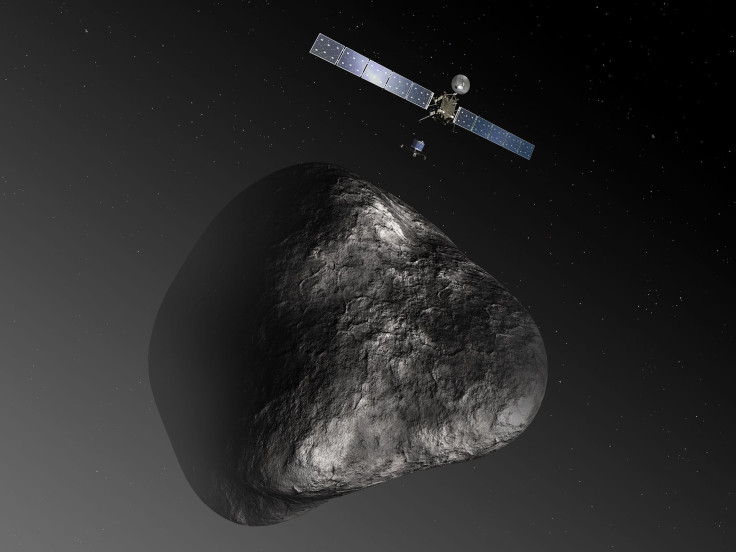Rosetta Comet Rendezvous: ESA Project Scientist Matt Taylor Says Mission Will Be ‘Awesome’ [INTERVIEW]

With one day left until the decade-in-the-making Rosetta comet rendezvous, the European Space Agency is in the final stages of prep for the historic event. Rosetta project scientist Matt Taylor spoke to International Business Times about Wednesday's rendezvous and what's next for the Rosetta spacecraft.
Rosetta began its rendezvous mission with comet 67P/Churyumov-Gerasimenko more than 10 years ago, launching in March 2004. After a series of gravitation-assist maneuvers to get Rosetta into position, ESA put the spacecraft into deep hibernation in June 2011. As part of the "Wake Up Rosetta" social media campaign, ESA waited with the world to see if Rosetta was operational on Jan. 20, 2014.
Leading up to Rosetta's comet rendezvous, the spacecraft performed a few burns to correct its orbit and reduce its speed. "The event tomorrow marks the end of 10 maneuvers which have reduced the relative velocity between the comet and the spacecraft from a little below 800 m/s when we exited Hibernation in January, at around 9 million km from the comet, to less than 1 meter/second at 100 km distance. This puts us in the same orbit as the comet around the Sun, so we begin our ride along, our escort," Taylor said.
With so many factors to consider, the Rosetta mission has been carefully laid out. As Rosetta travels to comet 67P/Churyumov-Gerasimenko, the comet is also making its orbit around the sun. "All the sequences we have now have been pre-planned months ago. We plan far ahead of time. For example, I'm working with the team at ESAC in Madrid, where the science ground segment is based, on science operations following the lander deployment in November," Taylor said. "For the rendezvous event itself, the team at ESOC in Germany, where mission operations are located, are the ones in full control. They will monitor the spacecraft tomorrow to make sure everything goes well. All operations of the spacecraft are checked and maneuvers even more so."

Even with all the prep, there could be irregularities that could occur on Wednesday, which would require quick thinking on the part of ESA scientists and mission manager Fred Jansen. "Any out-of-specification items tomorrow need to be addressed quickly. This has a ripple effect, as the instrument commanding and trajectories have been pre-commanded, so any change in that will impact the observations schedule," said Taylor.
Once Rosetta reaches the comet, the mission is far from over as ESA is planning to place a lander, Philae, on the comet in November and Rosetta will be riding along with comet 67P/Churyumov-Gerasimenko. "This schedule is very tight, as we will be mapping and characterizing the comet nucleus in the next few months, for science and also to decide where to deploy the lander in November. By late August we will already be scrutinizing the latest data to decide on 5 landing site candidates," said Taylor.
As Rosetta gets closer to its target, the spacecraft has been able to get good images of it, using the main navigation camera. "The comet shape was a pleasant surprise, making this mission even more interesting to work on. We will only know the full implications of the comet shape on trajectories, etc, when we get closer to the comet, once we start to feel its gravity," Taylor said. "We are currently working on getting a baseline of how the comet is behaving now, as we need to predict its behavior after landing, as we need to start laying down the rail tracks of our command sequences in the next month for that period. I am eagerly awaiting our first touch and taste of the coma dust and gas from the in-situ experiments and in particular the first inferences of the coma interaction with the Sun's outer atmosphere, the tenuous plasma that is the solar wind."
There are also plenty of firsts for Rosetta and the ESA team. Unlike previous missions, such as NASA's Stardust or Deep Impact, Rosetta will be more than just a flyby and the spacecraft will be riding with the comet as it makes its way around the sun. "By rendezvousing and the subsequent escort or ride along, up to the end of 2015, we stay with the comet as it develops activity, starting at relative low activity now through perihelion in summer next year, when it is at its most active. We get to see how the comet works, how this activity begins, evolves and then dies off later next year, as the comet moves away from the sun Part of the next month is to characterize the comet in its low-activity state, which will set the tone for the rest of the mission," said Taylor.

Following the rendezvous, the ESA team will look at the data collected by Rosetta to determine a landing location for Philae, scheduled for November 2014. "At the same time, we will look for a landing site. Operationally we need to find a safe landing site, away from too much surface roughness, and have a site that has sufficient sunlight to ensure the lander can recharge itself. We also must consider having sufficient line of sight with the orbiter to transmit to earth. In addition, we will consider the scientific aspects of the surface, determining which features are more interesting than others which will part of the hot discussions in the next months," said Taylor. Describing the year-long trip around the sun, Taylor said it will be "awesome."
The Rosetta comet rendezvous mission begins on Wednesday at 4 a.m. EDT.
© Copyright IBTimes 2025. All rights reserved.






















